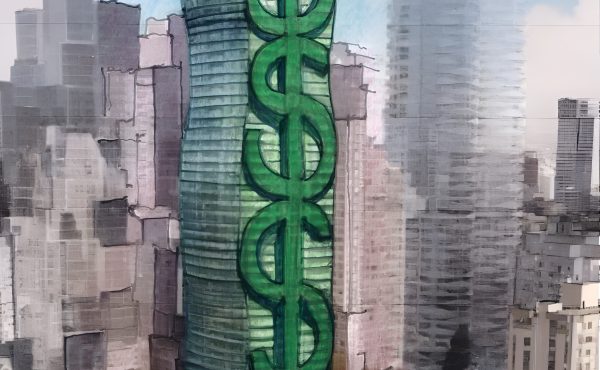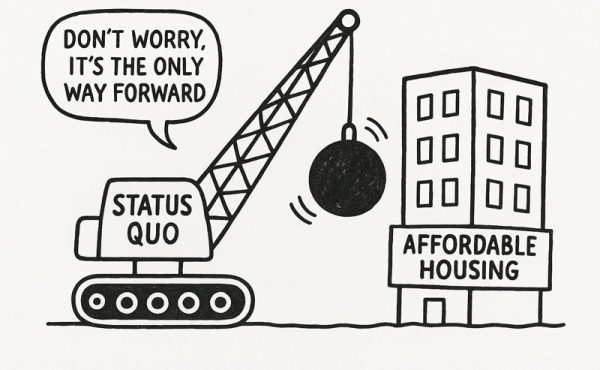

Author: Jimenez Lai (Princeton Architectural Press, 2012)
Citizens of No Place is my kind of book, 90% diagrams and 10% text.
This architecture graphic novel shows an alternative way of representing compelling ideas in a non-conventional way in the fields of architecture and urbanism. The author challenges the notion of architectural representation by using it as a storytelling tool. Plans and cross-sections become as much part of the story as the aliens and human characters. In a playful manner, the 10 stories in the book relate both to human emotions and architecture theory and criticism.
The stories present real issues injected into imaginary scenarios. Some of the real issues in the book include topics such as sustainability, adaptability, beauty, design practice, love and immigration. However, each of these themes are placed into unconventional scenarios such as life in space, a 12 Km tall building locate in Central Park and encounters between humans and aliens. While I don’t want to spoil the content of the book by getting into much detail about the stories, I would say that if the reader happens to be any kind of designer you will find yourself, your architecture teacher, your client or your boss pictured in the pages of this book.
The graphic technique is one of my favorite parts of the book. It requires a lot of ability to be able to convey information in a graphic manner without using much text—something that Jimenez Lai achieves in a brilliant way. The layout of the pages are organized in a coherent but dynamic manner that gives a good flow to the stories.
Also worth noting is that the entire book is depicted in black and white, forcing the graphics to be sharp and clear. Moreover, the contrast between the clean-cut lines of the architectural graphics (plans, sections and axonometric views) and the free hand drawings of the human figures in the book brings the fictional scenarios closer to reality. All these graphic qualities make Citizens of No Place an easy read but also a good source for graphic ideas that can be potentially applied to the ‘real world’ of architectural practice.
This book is a great contribution to the world of utopian and futuristic architecture as it re-frames architectural representation.
***
For more information visit the Princeton Architectural Press website.
**
Alicia Medina Laddaga is an architecture and urban designer/researcher based in Vancouver. Originally from Mexico where she studied and practiced architecture, she moved to Vancouver in 2011 to pursue a Masters of Advanced Studies in Architecture at UBC. While trying to bridge the gap between two cultures (Mexico and Canada), Alicia keeps on developing her ideas about the ways in which dynamic and spontaneous processes transform cities into vibrant urban environments.



